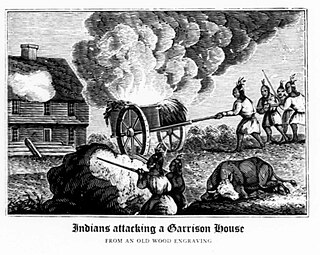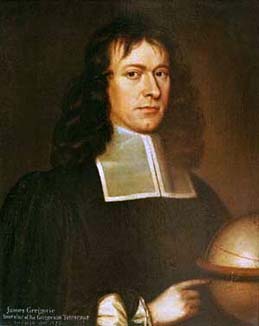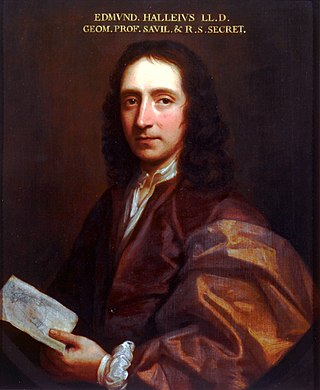Related Research Articles

Sir Isaac Newton was an English polymath active as a mathematician, physicist, astronomer, alchemist, theologian, and author who was described in his time as a natural philosopher. He was a key figure in the Scientific Revolution and the Enlightenment that followed. His pioneering book Philosophiæ Naturalis Principia Mathematica, first published in 1687, consolidated many previous results and established classical mechanics. Newton also made seminal contributions to optics, and shares credit with German mathematician Gottfried Wilhelm Leibniz for developing infinitesimal calculus, though he developed calculus years before Leibniz.

1675 (MDCLXXV) was a common year starting on Tuesday of the Gregorian calendar and a common year starting on Friday of the Julian calendar, the 1675th year of the Common Era (CE) and Anno Domini (AD) designations, the 675th year of the 2nd millennium, the 75th year of the 17th century, and the 6th year of the 1670s decade. As of the start of 1675, the Gregorian calendar was 10 days ahead of the Julian calendar, which remained in localized use until 1923.

James Gregory was a Scottish mathematician and astronomer. His surname is sometimes spelt as Gregorie, the original Scottish spelling. He described an early practical design for the reflecting telescope – the Gregorian telescope – and made advances in trigonometry, discovering infinite series representations for several trigonometric functions.
The year 1831 in science and technology involved some significant events, listed below.
The year 1744 in science and technology involved some significant events.
The year 1845 in science and technology involved some significant events, listed below.
The year 1798 in science and technology involved some significant events.

The year 1843 in science and technology involved some significant events, listed below.
The year 1783 in science and technology involved some significant events:
The year 1767 in science and technology involved some significant events.
The year 1715 in science and technology involved some significant events.
The year 1714 in science and technology involved some significant events.
The year 1703 in science and technology involved some significant events.
The year 1677 in science and technology involved some significant events.
The year 1683 in science and technology involved some significant events.
The year 1665 in science and technology involved some significant events.

Nicolas Fatio de Duillier was a mathematician, natural philosopher, astronomer, inventor, and religious campaigner. Born in Basel, Switzerland, Fatio mostly grew up in the then-independent Republic of Geneva, of which he was a citizen, before spending much of his adult life in England and Holland. Fatio is known for his collaboration with Giovanni Domenico Cassini on the correct explanation of the astronomical phenomenon of zodiacal light, for inventing the "push" or "shadow" theory of gravitation, for his close association with both Christiaan Huygens and Isaac Newton, and for his role in the Leibniz–Newton calculus controversy. He also invented and developed the first method for fabricating jewel bearings for mechanical watches and clocks.
Events from the year 1675 in England.
Richard Towneley was an English mathematician, natural philosopher and astronomer, resident at Towneley Hall, near Burnley in Lancashire. His uncle was the antiquarian and mathematician Christopher Towneley (1604–1674).

EdmondHalley was an English astronomer, mathematician and physicist. He was the second Astronomer Royal in Britain, succeeding John Flamsteed in 1720.
References
- ↑ Palmer, Alan; Palmer, Veronica (1992). The Chronology of British History. London: Century Ltd. pp. 191–192. ISBN 0-7126-5616-2.
- ↑ Willmoth, Frances (2004). "Flamsteed, John (1646–1719)". Oxford Dictionary of National Biography . Oxford University Press. Retrieved 2011-02-04.(subscription or UK public library membership required)
- ↑ Headland, Robert (1992). The Island of South Georgia (2nd ed.). Cambridge University Press. ISBN 0-521-42474-7.